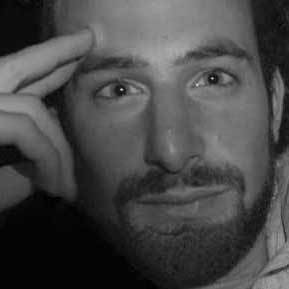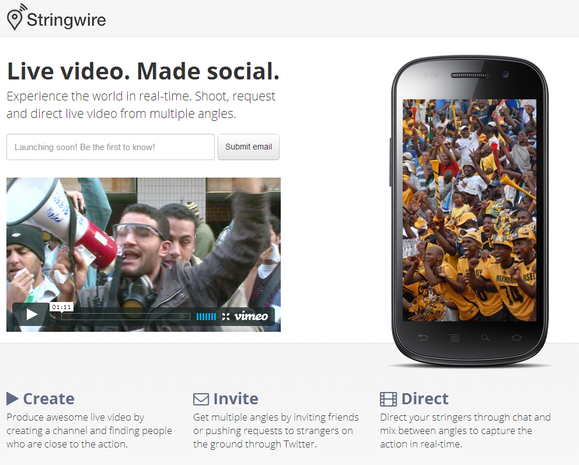NBC News bets on crowd newsgathering
NBC News sees a future in news coming from “user-generated content” — meaning live video coverage from ordinary citizens who just happen to be at the scene of a breaking news story. The term “citizen journalist” has often been used in this context.
Such news images, usually found on Twitter and Facebook, also represent “the first generation of user-generated content for news,” Vivian Schiller, the chief digital officer for NBC News, told the New York Times.
NBC News announced this week that it will acquire Stringwire, an Internet-based company that allows end users to stream live video from their smartphones to NBC control rooms in New York City and elsewhere.
“You could get 30 people all feeding video, holding up their smartphones and then we could look at that,” Schiller told the Times in an interview. “We’ll be able to publish and broadcast some of them.” She imagined using Stringwire for coverage of protests like those that occurred in Tahrir Square in Cairo.
NBC’s vision includes fewer professional newsgatherers but many more unpaid eyes and ears contributing to news coverage from around the world.

The Times said Stringwire is currently in embryonic stages. It reported that what NBC is really acquiring is Phil Groman, who developed the technology while a graduate student in the Interactive Telecommunications Program at New York University.
Such “acqui-hiring,” the Times reported, in which a start-up is bought primarily for its talent, is normally associated with technology companies like Google and Apple, not television networks like NBC. But Schiller told the newspaper that NBC is sending a message that its wants more entrepreneurs like Groman.
The professional video industry's #1 source for news, trends and product and tech information. Sign up below.
An NYU graduate in May, Groman will finish building Stringwire at the NBC News Digital Group’s office in San Francisco. Stringwire works by tapping into the multitudes of people who send Twitter messages when they witness a news event. Those “photographers” will receive a Twitter post that asks them to click a link and point their camera at what they are seeing. Without any special app, the service will start streaming live video to NBC. The video submissions will be vetted just like any other material the network uses, Schiller told the newspaper.
Stringwire, Schiller said, could have helped coverage of the hunt for the suspects in the Boston Marathon bombing, when the movements of reporters were restricted. Several times during NBC’s coverage in April, local residents were interviewed via Skype from neighborhoods that had been cordoned off.

Generally, during news events, “we might have reporters there, but they may not be in the right places,” Schiller said. “They may not have the kind of access that eyewitnesses do.”
The Verge reported that Stringwire uses the emerging WebRTC standard for transmitting real-time voice and video data over the Web. It’s currently in private beta, the technology website reported. The software allows news organizations to request video from a group of verified contributors with mobile devices capable of streaming video.
During a breaking news event, Stringwire is capable of recruiting news contributors based on geographical location via Twitter and then to instantly access their live footage.
Clay Shirky, the NYU professor who introduced Schiller to Groman, told the Times that by having reporters reach out to witnesses, “you don’t get the Pulitzer Prize-winning shot, but you get real information about life on the ground.” He said Groman’s insight was in applying “multiple sources and editorial judgment.”
While Stringwire will initially be used by the news division at NBC, Schiller said she thought the service had “great commercial opportunities,” suggesting that it could be licensed to others, creating a new source of revenue for NBC.
